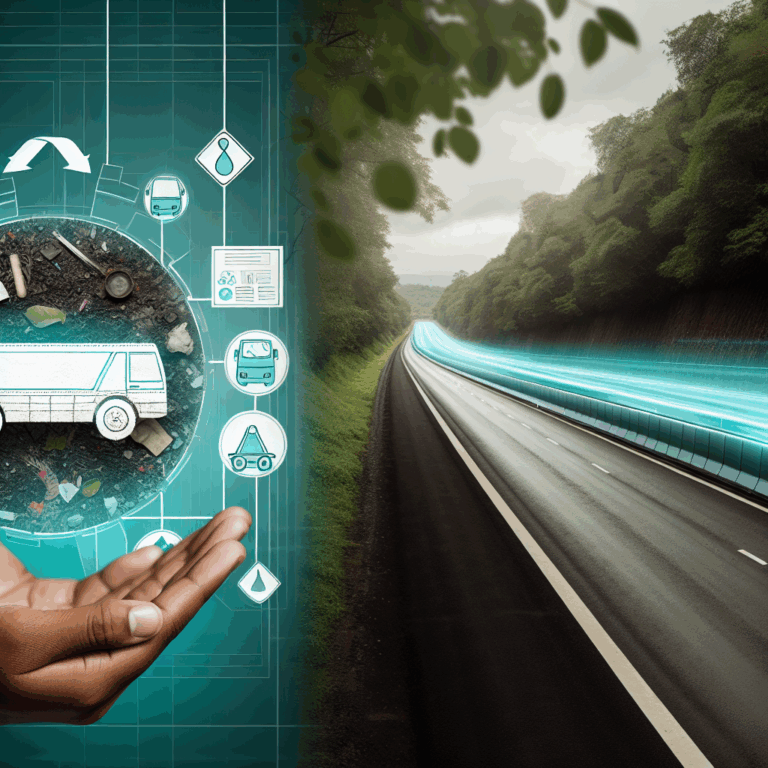Copyright @ 2023 www.digimitr.com. All rights reserved.

Enhancing Economic Growth: The Role of Shipping and Waterways in Government Infrastructure Initiatives
Discover the key aspects of the government scheme titled “Enhancing Economic Growth: The Role of Shipping and Waterways in Government Infrastructure Initiatives”. This scheme is overseen by the relevant ministry and focuses on delivering benefits to eligible beneficiaries.
Here is a comprehensive overview:
Introduction
Shipping and waterways have played a crucial role in global trade and economic growth throughout history. As integral components of transportation infrastructure, they facilitate the movement of goods and services, driving economic activity. Governments worldwide are increasingly recognizing this importance and integrating shipping and waterways into their infrastructure initiatives. This article explores how enhancing these sectors can serve as a springboard for economic growth, detailing eligibility criteria for government programs, outlining key features and benefits, discussing funding and budgeting, and examining both achievements and challenges faced in this domain.
Eligibility Criteria
To participate in government infrastructure initiatives focused on shipping and waterways, entities must often meet specific eligibility criteria. These requirements can vary by country and program but typically include:
- Geographical Relevance: Projects must be located within designated waterways or shipping routes.
- Project Viability: Proposals should showcase technical feasibility and sustainability, ensuring long-term benefits.
- Stakeholder Engagement: Projects must involve relevant stakeholders, including local communities, businesses, and environmental groups.
- Investment Match: Many programs require applicants to demonstrate financial commitment, often requiring a match from private or public funding.
Key Features and Benefits
Government initiatives aimed at enhancing shipping and waterways come packed with several key features that offer numerous benefits:
- Infrastructure Development: Investments in ports, canals, and navigation systems lead to improved logistics and transportation efficiency.
- Job Creation: Construction and operational roles generate employment opportunities, fostering local economic development.
- Environmental Sustainability: Modernizing waterways often incorporates green technologies, reducing the environmental impact of shipping.
- Trade Facilitation: Enhanced shipping infrastructure streamlines trade processes, making it easier for businesses to enter international markets.
- Regional Development: Upgraded shipping routes can elevate the economy of regions reliant on these channels, promoting balanced growth across geographic areas.
Application Process
The application process for government funding often involves several steps to ensure that projects align with national and regional goals. Generally, this includes:
- Project Proposal Submission: Interested parties must submit detailed proposals outlining project objectives, plans, timelines, and budget estimates.
- Review and Evaluation: Proposals undergo a thorough review process, assessing technical feasibility, environmental impact, and financial viability.
- Public Consultation: Stakeholder meetings may be held to gather input and ensure informed community support and engagement.
- Final Approval: After rigorous evaluation, successful projects receive formal approval for funding.
Funding and Budget
Funding for shipping and waterways infrastructure initiatives typically comes from a mix of public and private sources. Governments allocate budgetary resources from national funds, often bolstered by international grants and partnerships. Key components of funding include:
- Government Grants: Direct financial assistance from governmental agencies can cover a substantial portion of project costs.
- Public-Private Partnerships: Collaborative funding models encourage investment from private entities, sharing financial risk and reward.
- Loan Programs: Low-interest loans are sometimes available to support long-term financing of infrastructure projects.
Accurate budgeting is essential to ensure that projects maintain financial health while achieving their objectives. This involves detailed cost assessments and continuous tracking of expenses throughout the project lifecycle.
Achievements or Impact
Numerous successful initiatives in shipping and waterways underscore the positive impact of government infrastructure investments. For instance, modernized ports have led to significant reductions in shipping times and costs, directly boosting local and national economies. Additionally, projects like canal deepening and widening have increased capacity, allowing larger vessels to dock and enhancing trade volume. The economic ripple effects can transcend borders, fostering regional collaboration and creating a more integrated trade network.
Challenges (if any)
Despite the clear benefits, the journey towards enhancing shipping and waterways through government initiatives is not without challenges. Some of the prevalent issues include:
- Environmental Concerns: Projects may encounter opposition from environmental groups concerned about the ecological impacts of infrastructure changes.
- Budget Constraints: Economic downturns and competing political priorities can limit funding availability and delay projects.
- Regulatory Hurdles: Navigating complex regulatory frameworks can complicate project approvals and implementation.
Recent Updates
Governments are increasingly making strides to adapt their shipping and waterways initiatives in response to evolving global economic conditions. Recent updates have focused on sustainability, integrating smart technologies in shipping, and expanding digital infrastructure. Funding mechanisms are also becoming more innovative, with an increasing number of countries offering digital application platforms that streamline the proposal process and improve access for prospective applicants.
Conclusion
Enhancing economic growth through the strategic development of shipping and waterways presents an immense opportunity for governments to bolster trade, create jobs, and build sustainable infrastructure. While the journey is fraught with challenges, the potential rewards—both economic and social—are formidable. By prioritizing these initiatives, nations can position themselves favorably on the global stage, promoting inclusive growth that benefits all sectors of society.
FAQ
What is the significance of shipping and waterways in economic growth?
Shipping and waterways are vital for facilitating trade. They significantly reduce transport costs, enhance efficiency in logistics, and enable access to broader markets, all of which stimulate economic growth.
How do government initiatives support shipping infrastructure?
Government initiatives often provide funding, grants, and technical assistance to improve ports and waterway systems, encouraging private investment and fostering collaborations to enhance the overall infrastructure.
What are some common challenges faced in shipping infrastructure projects?
Common challenges include environmental concerns, budget constraints, regulatory hurdles, and the need for community engagement, which may complicate project implementation and approval phases.
For more information, check out official government site,
Official government website or relevant source not provided.
Stay updated on related schemes and initiatives using hashtags: #Enhancing #Economic #Growth #Role #Shipping #Waterways #Government #Infrastructure #Initiatives
Feel free to share about this scheme in the comments below!





